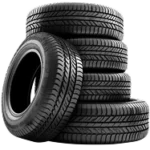What is TPMS and What Does It Do?
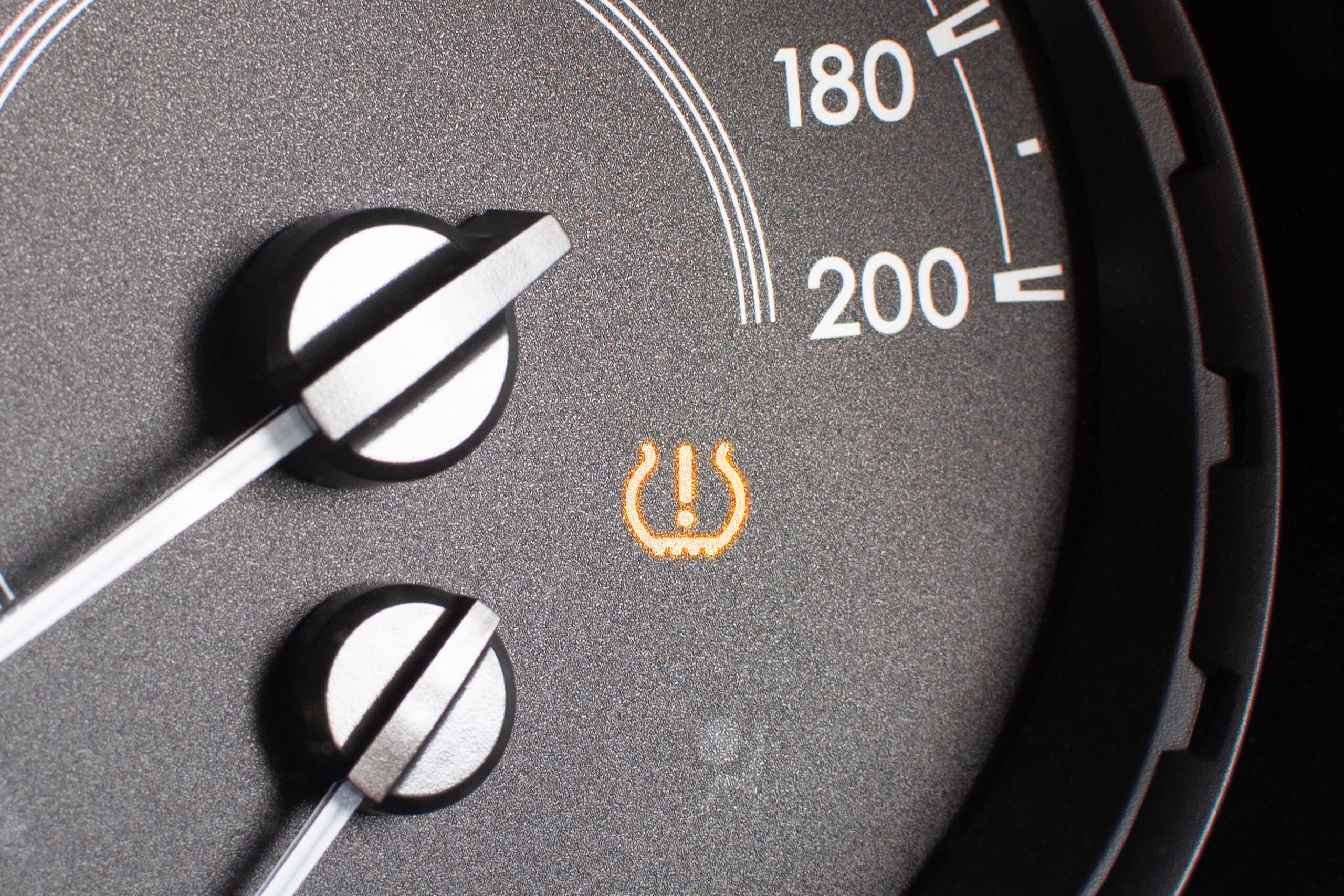
Your vehicle’s tires do more than keep you rolling. They play a critical role in your car’s performance, fuel economy, and safety. The tire pressure monitoring system, or TPMS, is a vital development in vehicle safety.
TPMS is a built-in feature in most modern vehicles that monitors tire pressure and alerts you when it drops too low. When your TPMS light appears on the dashboard, it’s not only an inconvenience but a warning that your tires may be underinflated, which can impact everything from handling to fuel efficiency.
Understanding how TPMS sensors work and what to do when that light comes on will help you stay safe on the road (and keep your car running efficiently).
Why TPMS Exists
TPMS was created to solve a serious problem: accidents caused by underinflated tires. According to the National Highway Traffic Safety Administration (NHTSA), underinflated tires increase the risk of tire failure, poor handling, and longer stopping distances. The introduction of TPMS sensors enabled the vehicle to detect pressure issues before they caused serious problems, allowing drivers to act before it was too late.
In the early 2000s, a series of tire-related crashes prompted the U.S. government to take action, resulting in the passage of the TREAD Act. The Transportation Recall Enhancement, Accountability and Documentation Act required all passenger vehicles sold after 2007 to include TPMS.
How Does TPMS Work?
Your TPMS continuously monitors the air pressure in your tires, using sensors to track real-time data and notify you of unsafe conditions. There are two types of TPMS systems commonly used in vehicles today: direct TPMS and indirect TPMS.
Direct TPMS
Direct TPMS utilizes individual pressure sensors installed in each tire (typically on the valve stem) to measure the exact air pressure. These sensors send real-time data to your vehicle’s onboard computer. If the pressure in any tire drops 25% below the recommended level, the TPMS light appears on your dashboard.
Direct systems are accurate and reliable; however, sensor batteries can wear out over time and may need to be replaced.
Indirect TPMS
Instead of measuring pressure directly, indirect TPMS estimates tire pressure by monitoring wheel speed through your vehicle’s anti-lock braking system (ABS). Underinflated tires rotate at a different speed than properly inflated ones, triggering the TPMS warning when the wheel speed sensors detect irregularities.
Indirect TPMS is typically less expensive but can be less precise and may require manual recalibration after tire rotations or replacements.
What Happens When the TPMS Light Comes On?
When the TPMS light illuminates on your dashboard, it’s your car’s way of telling you something’s off with your tire pressure. This light is typically represented by an icon that resembles a horseshoe with an exclamation point.
When you see this light, you shouldn’t ignore it. Driving with low tire pressure can lead to:
- Decreased vehicle control
- Premature tire wear
- Poor fuel efficiency
- Increased risk of blowouts
So, what should you do next?
What You Should Do
First, don’t panic. Check your tire pressure right away using a manual tire pressure gauge, or visit a professional to inspect all four tires. Compare the readings to your vehicle’s recommended PSI, or proper tire pressure, found on the driver-side door jamb or in the owner’s manual.
If you’re unsure or your tires look fine but the light won’t turn off, take it to Telle. Our experts can quickly inspect your TPMS, recalibrate the system if needed, or diagnose any issues with the TPMS sensors.
Common Causes of TPMS Alerts
There are a few common reasons why your TPMS light might come on:
- Tire pressure is too low, often due to colder temperatures
- Tire puncture or slow leak
- Faulty TPMS sensor
- Tire replacement or rotation without system reset
Because there are so many reasons your TPMS could be flagging an issue, it’s crucial to have your tires inspected by the professionals at Telle Tire.
Benefits of a Properly Working TPMS
A well-functioning TPMS isn’t just a convenience; it’s a vital part of your vehicle’s safety system. Here’s why keeping it in good shape matters:
Improved Safety
Underinflated tires can reduce traction, affect braking, and increase the risk of blowouts. TPMS sensors provide early warning signs, allowing you to address tire pressure issues before they lead to hazardous situations on the road.
Better Fuel Efficiency
When tires are underinflated, your engine has to work harder to move your vehicle. Properly inflated tires can improve fuel economy by up to 3.3%, saving you money at the pump.
Longer Tire Lifespan
Correct tire pressure helps your tires wear evenly, which means fewer replacements and longer-lasting performance. It’s a smart move for your wallet and your vehicle.
Common Questions About TPMS
Can I drive with the TPMS light on?
You can, but it’s not recommended. Driving with underinflated tires can be hazardous and lead to long-term damage. Check your tire pressure as soon as possible and reinflate as necessary. Alternatively, have your tires inspected for potential repair or replacement.
How do I reset the TPMS light?
In many vehicles, the TPMS light will automatically turn off after the tires are inflated to the correct pressure (you may need to start driving for it to read the air pressure effectively). If it doesn’t, you may need to use your car’s TPMS reset button or consult your vehicle’s manual. Still seeing the light? Take it to Telle for expert help.
Is TPMS required by law?
Yes. Since 2007, all new passenger vehicles sold in the U.S. have been required by the TREAD Act to have a functioning TPMS.
Is your Tire Pressure Light on? Take it to Telle!
TPMS light giving you trouble? Don’t guess. Get the expert help you can trust. Telle Tire’s certified technicians will inspect your tires, check your tire pressure, and ensure your TPMS is functioning correctly.
With locations throughout Missouri, there’s a Telle nearby and ready to help. Whether you live in a nearby neighborhood or are simply passing through, we’ve got you covered.
Drive safer. Save money. Take it to Telle.

Take it to telle
Stay Safe with a Tire Check from Telle Tire
Worried about your tread depth or tire condition heading into the summer storm season? Take it to Telle. Our expert technicians can assess your tires, check pressure levels, and recommend replacements when necessary, helping you stay in control regardless of the weather conditions. Stay safe, stay prepared, and if you’re unsure about your tires, schedule a visit with your nearest Telle Tire & Auto Centers location today.
Stay Informed
Recent Articles from Telle Tire
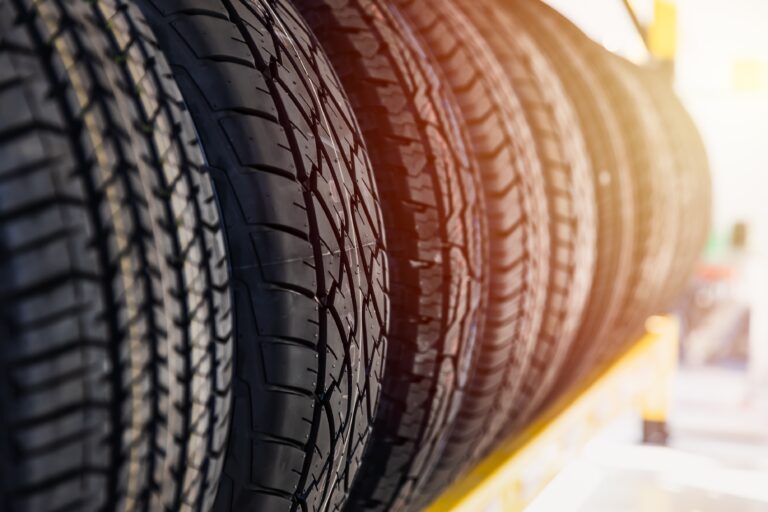
How to Get the Longest Life from Your Tires
Your tires are one of your vehicle’s most important investments and one of the easiest to protect. Proper tire maintenance saves you money by extending the…
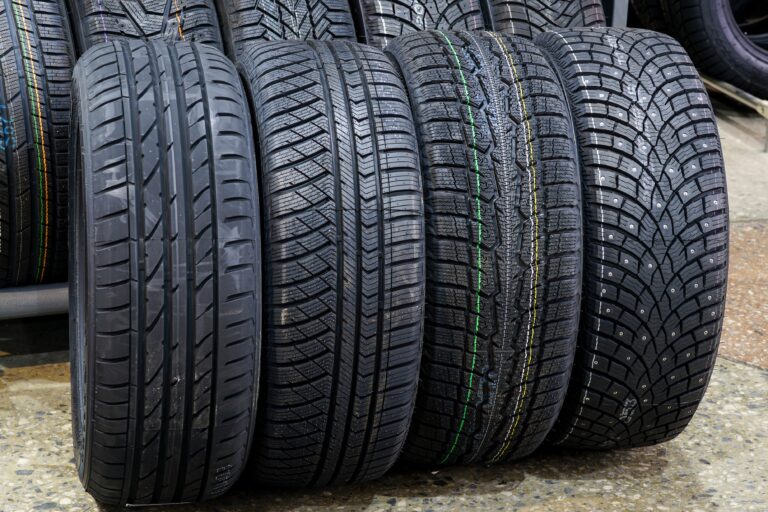
Best Tires for Missouri Weather: All-Season vs Winter Tires
Missouri’s weather can surprise you. One week, you’re driving on a mild, sunny fall day, and the next, you’re navigating icy roads or puddles after a…
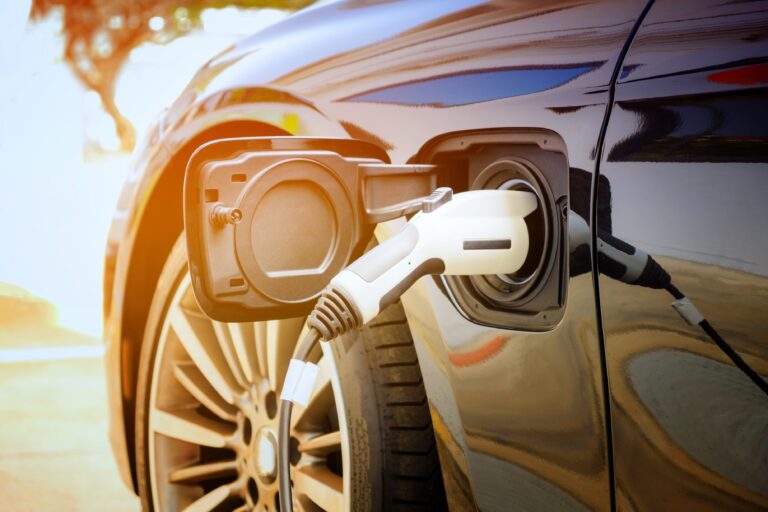
Do Electric Vehicles Need Special Tires?
Electric vehicles (EVs) have become a common sight on the road, offering drivers an eco-friendly, high-performance alternative to gas-powered cars. As more EV models become available…
